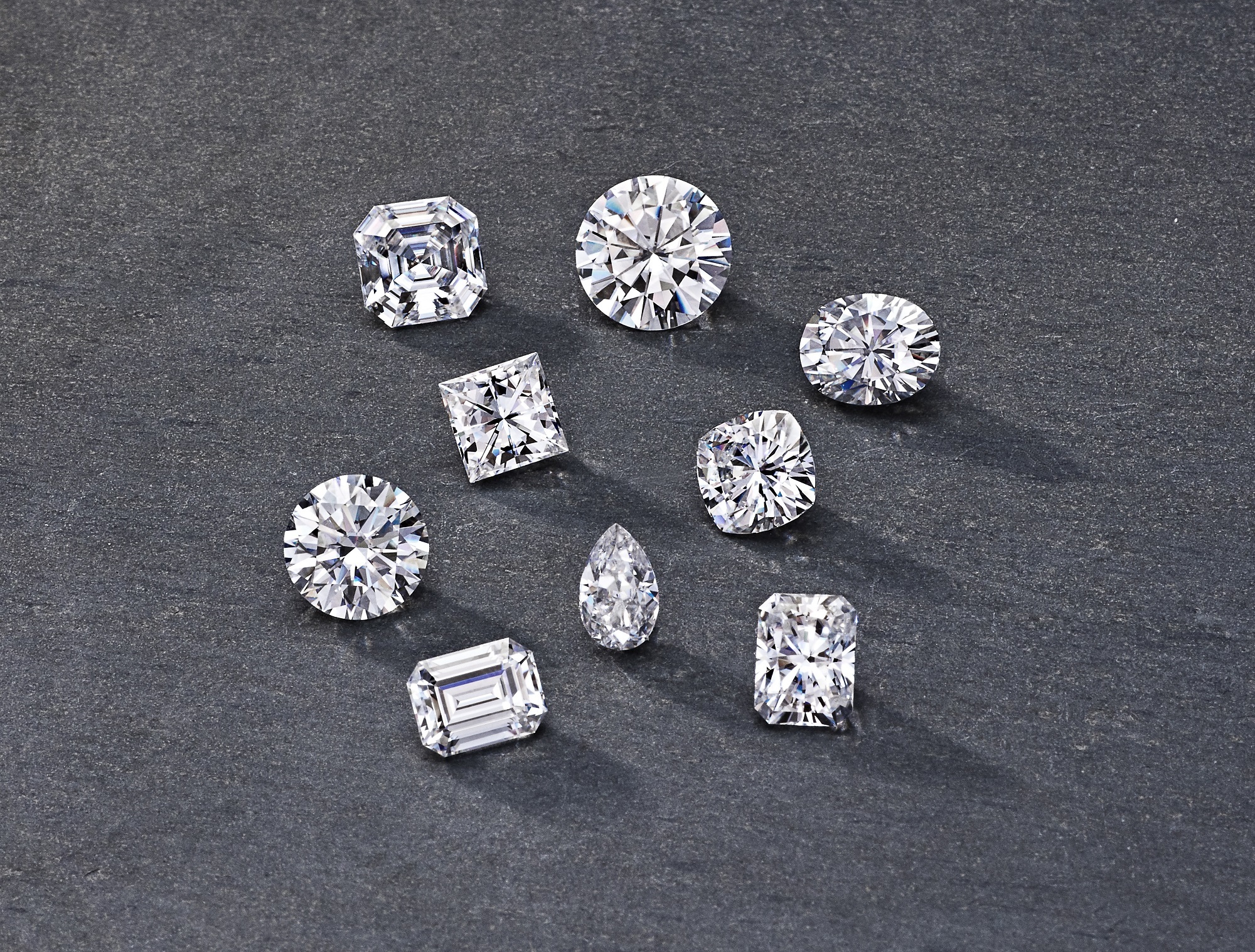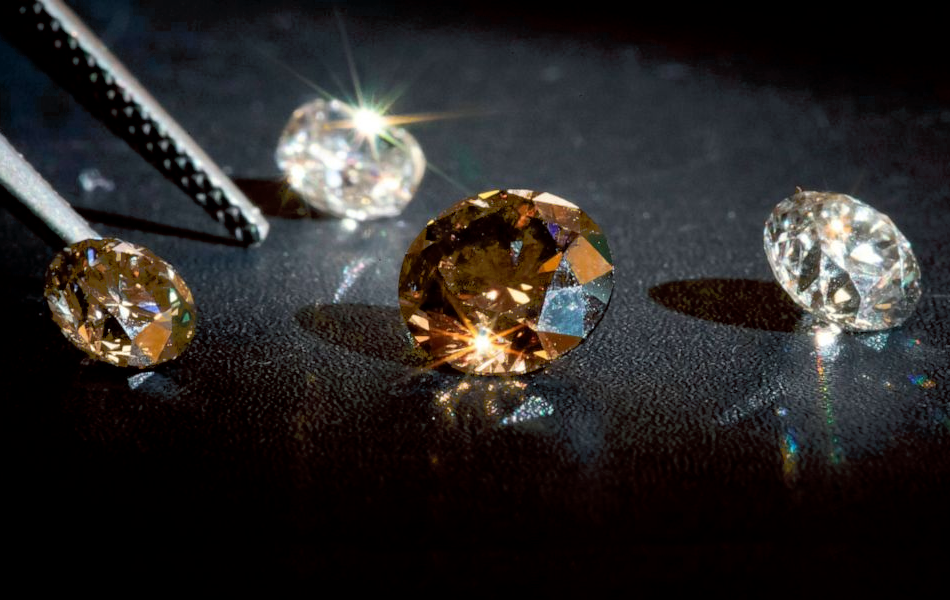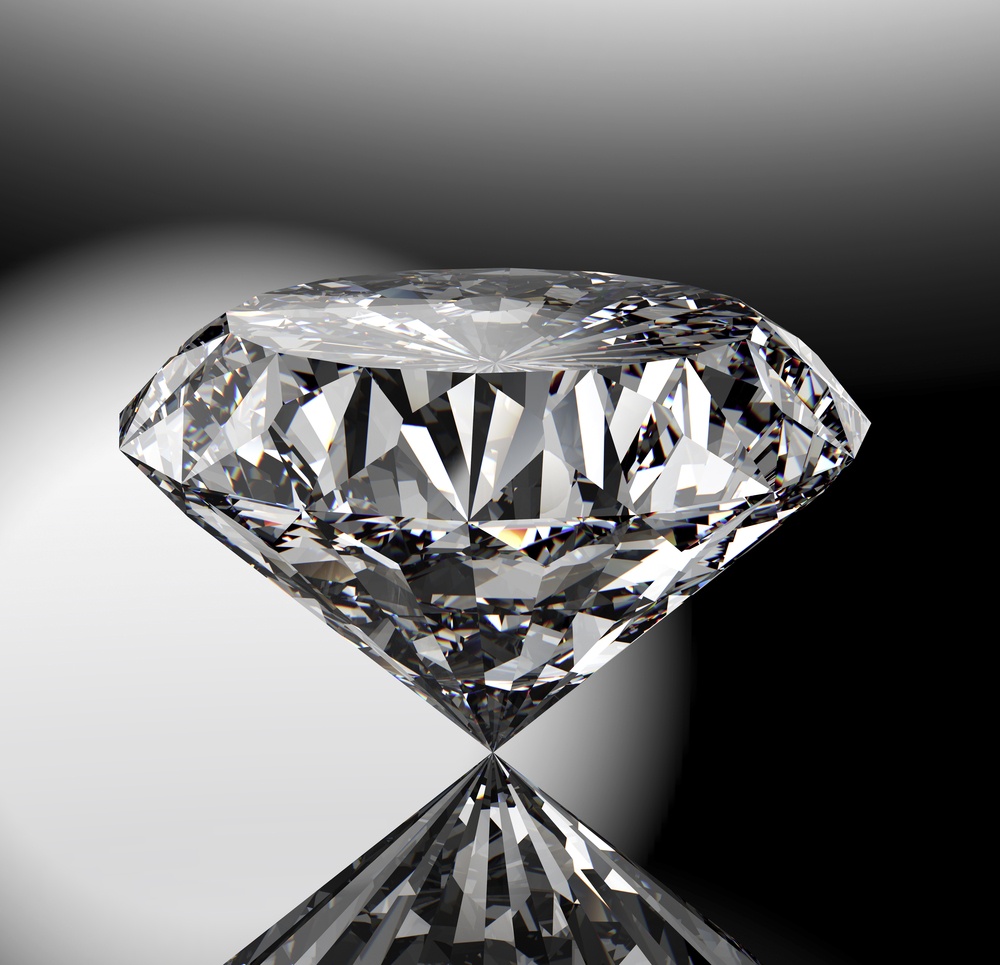Introduction to Diamonds
Diamonds are often seen as the ultimate symbol of love, luxury, and commitment. But as technology advances, the conversation around diamonds has evolved significantly. Let’s dive into the differences between lab grown diamond vs real diamond, and see which one might be right for you.
What Are Real Diamonds?
Real diamonds, often referred to as natural diamonds, are formed over billions of years deep within the Earth’s mantle under extreme heat and pressure. Composed of carbon atoms arranged in a crystal lattice, they are celebrated for their exceptional hardness and brilliance. These gems are typically mined from the Earth, a process that can be environmentally taxing and raise ethical concerns.
What Are Lab-Grown Diamonds?
Lab-grown diamonds, or synthetic diamonds, are created in controlled environments using advanced technology that mimics the natural processes of diamond formation. These diamonds are chemically, physically, and optically identical to their natural counterparts, but they can be produced in a matter of weeks rather than millions of years.
The Science Behind Diamond Formation
Understanding how diamonds are formed helps us appreciate their value and characteristics.
Natural Formation of Diamonds
Natural diamonds are formed at depths of around 100 miles beneath the Earth’s surface. The process begins with carbon being subjected to extreme heat (around 2,200°F) and pressure (about 725,000 pounds per square inch). Over millions of years, this carbon crystallizes into diamond.
How Lab-Grown Diamonds Are Created
Lab-grown diamonds are produced using two primary methods: High Pressure High Temperature (HPHT) and Chemical Vapor Deposition (CVD).
HPHT replicates the natural conditions that form diamonds, using high pressure and temperature to create a diamond crystal from carbon.
CVD involves heating a gas mixture that includes hydrogen and methane, allowing carbon to crystallize onto a substrate. This method can produce diamonds that are even larger and clearer than most natural diamonds.
Appearance and Quality
When it comes to choosing a diamond, appearance and quality are often top priorities.
Color and Clarity
Both lab-grown and real diamonds are graded on a similar scale for color and clarity. Real diamonds can have slight color variations, ranging from colorless to faint yellow or brown. Lab-grown diamonds can also exhibit color but are often more easily produced in a colorless form, leading to high clarity ratings.
Cut and Carat Weight
The cut of a diamond significantly affects its brilliance. Whether it’s a lab-grown or natural diamond, the cut can enhance the stone’s sparkle. Carat weight, which measures a diamond’s size, is the same for both types. However, lab-grown diamonds often provide larger stones for a fraction of the price.
Durability and Hardness
One of the most appealing aspects of diamonds is their durability.
Mohs Hardness Scale Explained
Both lab-grown and real diamonds score a perfect 10 on the Mohs hardness scale, making them extremely resistant to scratches. This means they’re perfect for everyday wear, including engagement rings.
Wear and Tear Considerations
While both types of diamonds are durable, lab-grown diamonds can sometimes exhibit less wear over time because they are often free from the inclusions and flaws commonly found in natural stones. However, regular maintenance is key for both types to keep them sparkling.
Price Comparison
Price is often a major deciding factor when choosing between lab grown diamonds.
Cost of Lab-Grown vs. Real Diamonds
Lab-grown diamonds are generally 20-40% less expensive than their natural counterparts. This price difference allows consumers to purchase larger or higher-quality stones for the same budget.
Value Over Time
While natural diamonds often hold their value well and can appreciate over time, lab-grown diamonds typically do not. If investment value is a consideration, real diamonds might be the way to go. However, if you’re looking for beauty and affordability, lab-grown diamonds shine brightly.
Ethical and Environmental Considerations
With increasing awareness around ethical consumption, this aspect is crucial for many consumers.
Impact of Diamond Mining
Natural diamond mining can have significant environmental impacts, including deforestation and habitat destruction. Furthermore, the mining industry has been criticized for its labor practices and the potential for conflict diamonds—stones mined in war zones and sold to finance armed conflict.
Sustainability of Lab-Grown Diamonds
Lab-grown diamonds, on the other hand, offer a more sustainable alternative. Their production typically has a smaller carbon footprint, and there are no ethical concerns regarding sourcing. This makes them an appealing choice for environmentally conscious consumers.
Market Trends and Consumer Preferences
Let’s look at how consumer preferences are shifting in the diamond market.
Growing Popularity of Lab-Grown Diamonds
Lab-grown diamonds are gaining popularity, particularly among younger buyers who value sustainability and affordability. Many are drawn to the idea of a beautiful diamond that doesn’t come with the ethical baggage often associated with natural diamonds.
Traditional Market for Real Diamonds
Despite the rise of lab-grown diamonds, natural diamonds still hold a significant place in the market. They are often associated with tradition and luxury, making them a preferred choice for some engagements and significant life events.
Choosing the Right Diamond for You
With so many factors to consider, how do you choose the right diamond?
Factors to Consider When Buying
When deciding between lab-grown and real diamonds, consider your budget, ethical beliefs, and the significance of the occasion. Think about whether you prioritize size and brilliance or the traditional value associated with natural diamonds.
Making an Informed Decision
Take your time researching and exploring both options. Visit jewelers who specialize in both types, and don’t hesitate to ask questions. Understanding what you want in a diamond will help you make the best choice for your unique situation.
Conclusion: Which Diamond is Right for You?
In the end, the choice between lab-grown diamonds and real diamonds comes down to personal preference. If you’re looking for a beautiful, ethically sourced, and budget-friendly option, lab-grown diamonds are a fantastic choice. However, if you value tradition, potential resale value, and the timeless allure of natural diamonds, you may find your perfect match among real diamonds. Whichever you choose, the most important thing is that it reflects your values and your style. Happy diamond hunting!





